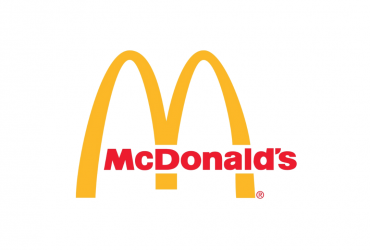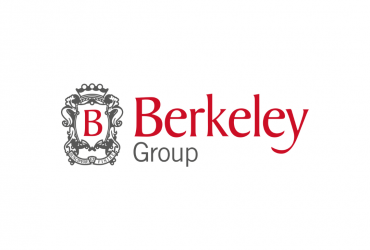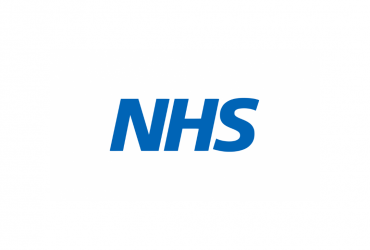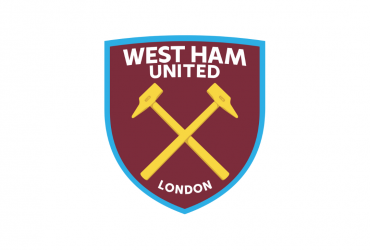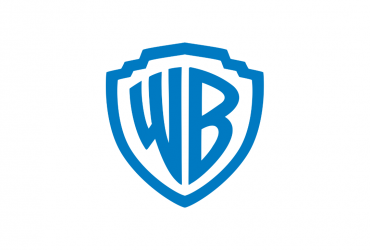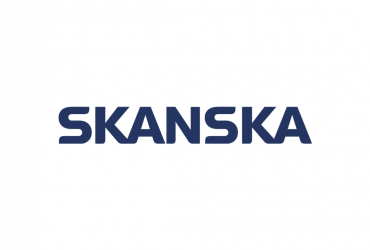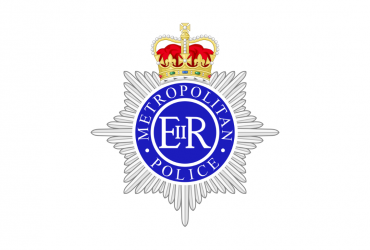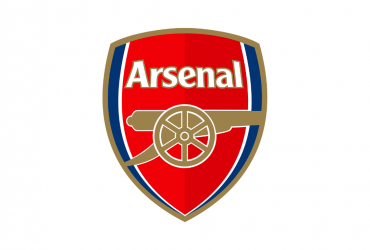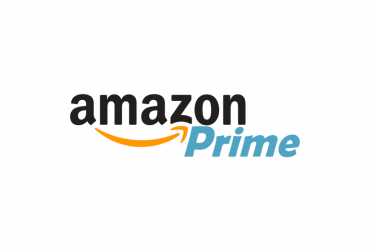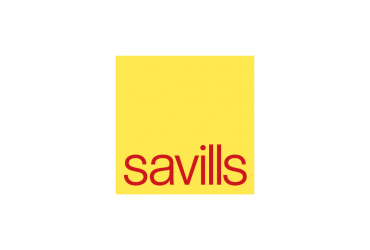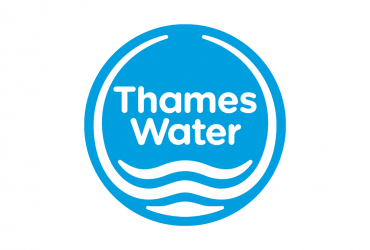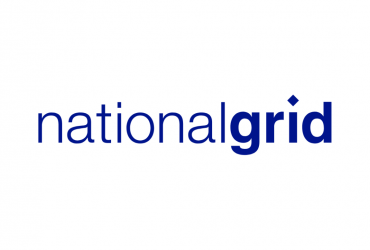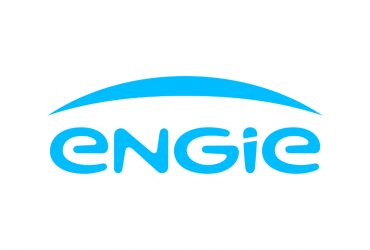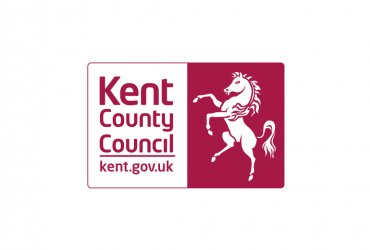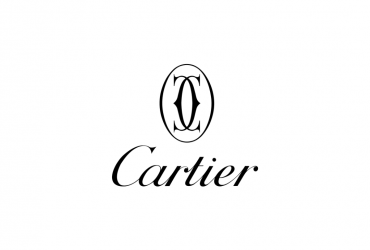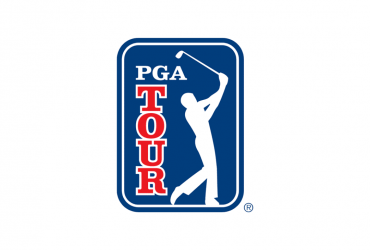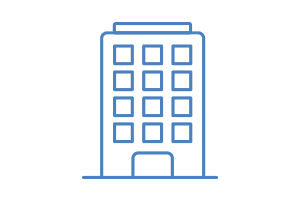Is It Safe To Remove Black Mould Yourself?
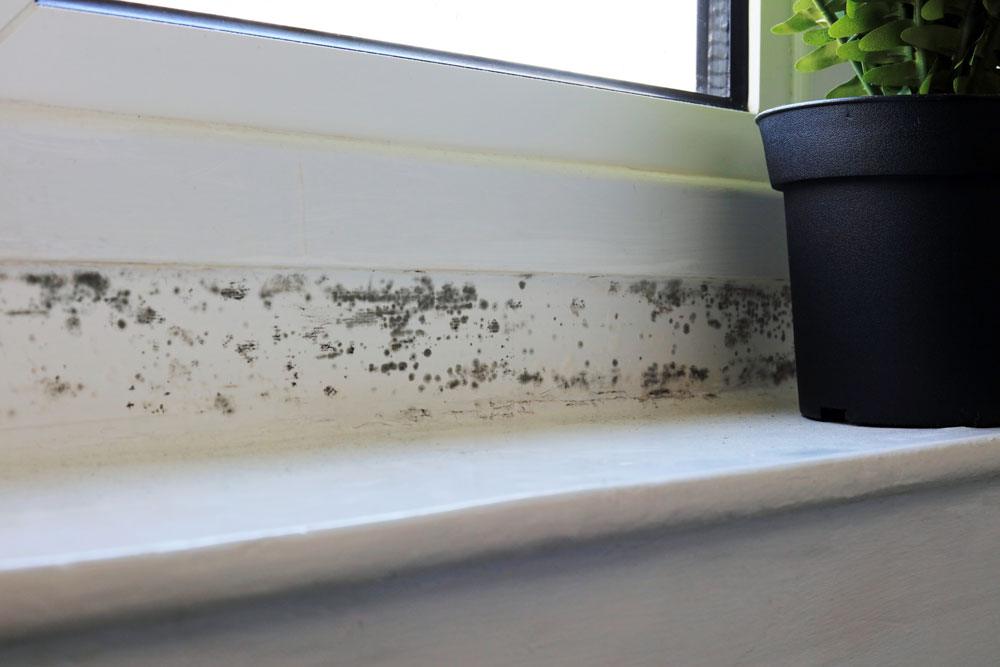
CONTENTS
- What is black mould?
- Is black mould dangerous?
- What other species are harmful?
- How to get rid of black mould?
- How to prevent mould
- Contact us today
Despite there being over 100,000 species of mould, black mould is the most infamous. Some claim its toxic, others say its lethal. Either way, homeowners should get rid of it as soon as possible. The products and home remedies you might consider, however, can make the mould worse and put your health at risk.
At ICE Cleaning, our technicians can remove unsightly, dangerous spores with our mould remediation services. They can even diagnose the root cause of the mould and advise on how to prevent it in the future.
In this blog, we will go through why black mould removal is so important, and how to do it safely.
What is black mould?
Known as Stachybotrys chartarum, it is a blackish-green mould that lives on damp, cellulose-rich surfaces like ceiling tiles, drywall, and wallpaper. It is usually brought into the home on clothes, pet fur, and in air currents. It may look slimy or sooty depending on how long it has been growing.
It grows in moist, warm environments but can survive a wide variation in temperature. You can find it in areas where there is high humidity or condensation, like bathrooms, windowsills, and around leaky pipes.
It will continue to grow until it is removed, even if the source of water has dried up. It tends to develop slower than other forms of mould, but usually becomes the dominant form.
Is black mould dangerous?
Stachybotrys chartarum is one of the many types of mould that sometimes produce toxic chemicals called mycotoxins. When ingested, inhaled, or absorbed into the skin, it triggers severe health problems like mycotoxicosis.
But most of the time, it just produces allergens, which prompt cold- and flu-like symptoms. For longer-term exposure, however, you might experience a fever, shortness of breath, nausea and other symptoms of an allergic reaction.
If someone living in the property has respiratory conditions, a weakened immune system, or allergies, they will be more at risk. For example, it might trigger asthma attacks.
What other species are harmful?
Black mould is not the only type of toxic species. Here are some other types you should look out for:
- Alternaria: this dark green mould could cause asthma-like symptoms, and is most common between July and September.
- Penicillium: despite being normally found on out-of-date food, the blue-green mould often appears on wood, wallpaper, and mattresses. It might trigger asthma and sinusitis.
- Aureobasidium: you will probably find this pinky-brown mould on your walls, and it can cause eye, nail, and skin infections if touched.
- Cladosporium: check your upholstery and carpets for this greenish-brown mould which may cause skin and lung irritation.
It is very difficult to identify which mould is growing in your home, and you could misdiagnose something dangerous.
Even non-toxic species can put your health at risk, so you get rid of mould as soon as you spot it. Professional cleaners can determine the species, explain the hazards, and help you prevent it in the future.
How to get rid of black mould
Mould is very difficult to clean. If you use home remedies and products, you will only take off the surface spores so it will continue to grow. You will release spores into the air, too, helping it spread around the rest of the property. There will be invisible spores hidden around your home as well, like in air vents, that you will probably miss.
When you try and clean it, you are also putting your health at risk. Not only are you more likely to touch the spores, but there is a chance you will inhale them.
Only a professional cleaner with the appropriate PPE should treat the mould. They have the specialist products and equipment to eliminate the mould, sanitise the contaminated surfaces, and clean the air.
How to prevent mould
To stop mould outbreaks, keep the humidity in your home below 50%. There are plenty of ways you can do this yourself.
First, you should take care of water damage as soon as you spot it. If your home floods, quickly bring in professional cleaners to get rid of the excess moisture and clean the affected area.
Make sure you remove any flooring, tiles, and other contaminated surfaces. ICE Cleaning offers water damage cleaning services that can thoroughly dry out your home and eliminate the biggest cause of mould.
Keep your property well-ventilated, as well. Damp rooms and areas, like bathrooms, basements, and kitchens, must have sufficient airflow whether from windows or fans. To stop moisture spreading to the rest of your home while showering or cooking, keep doors to these rooms shut.
Drying clothes indoors is another cause of excess humidity. Hang them up outside if possible, or keep windows open so fresh air can circulate.
Contact us today
Here at ICE Cleaning, our technicians can remove mould from your surfaces and in the air, and make your home clean and safe again. We are also accredited by Dewpoint, the leading accreditors in mould removal and prevention.
Get in touch with our team on 0208 066 0360 or enquiries@icecleaning.co.uk to find out more about our mould remediation services .
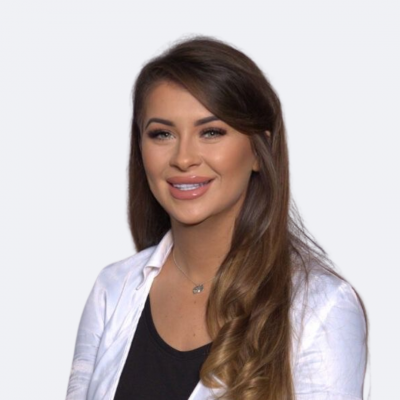
Speak with me today,
I’m here to help
By asking you a few questions either via phone or email I can immediately provide a realistic estimation of the cost.
You’re in good company. We’ve cleaned for the following commercial clients… View all

Why choose us?
- Cater to a wide variety of cleaning situations
- Nationwide coverage, available 24/7
- Cater to commercial and domestic clients
- Free survey provided prior to quotation
- Emergency response team
- Offer a bespoke service designed to suit all your needs
- All technicians hold professional health and safety qualifications, including BICSc, IOSH, Dewpoint Professional & Safe Contractor
We’re fully accredited
We place best practise, professional expertise and health and safety at the core of our business. We’re fully compliant with all legal obligations. You can view a list of our accreditations below, or visit our Health & Safety page for more information.
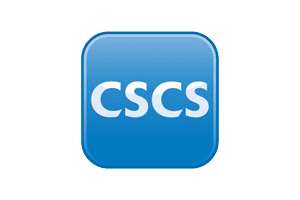
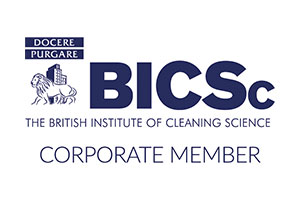

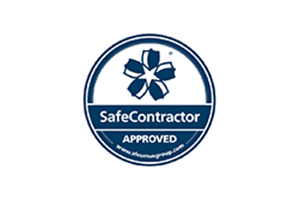
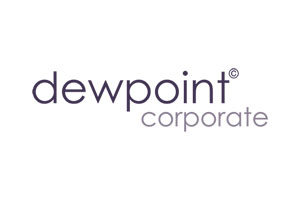
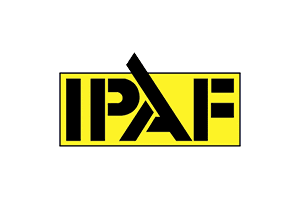
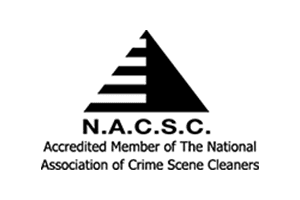




-RGB-small.1707319151.jpg)
